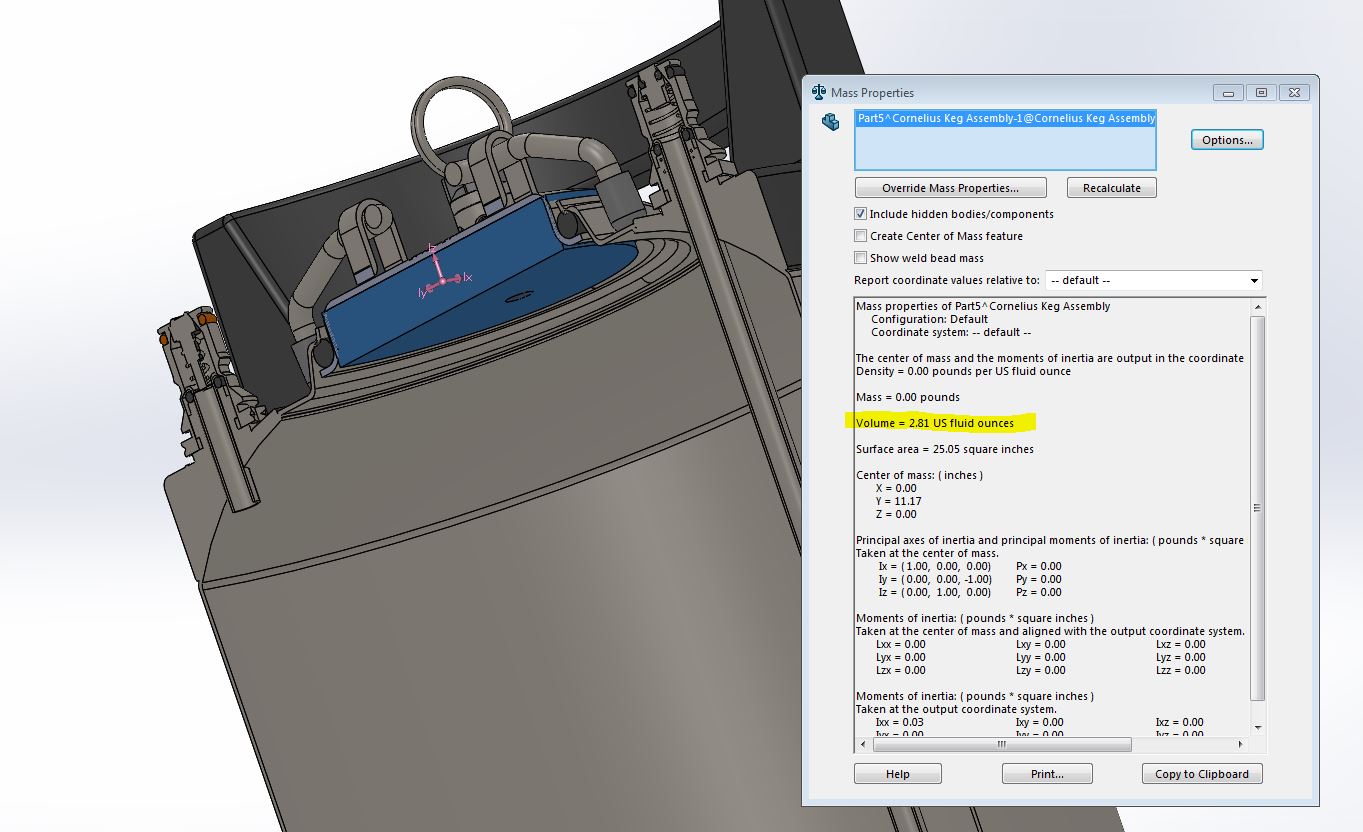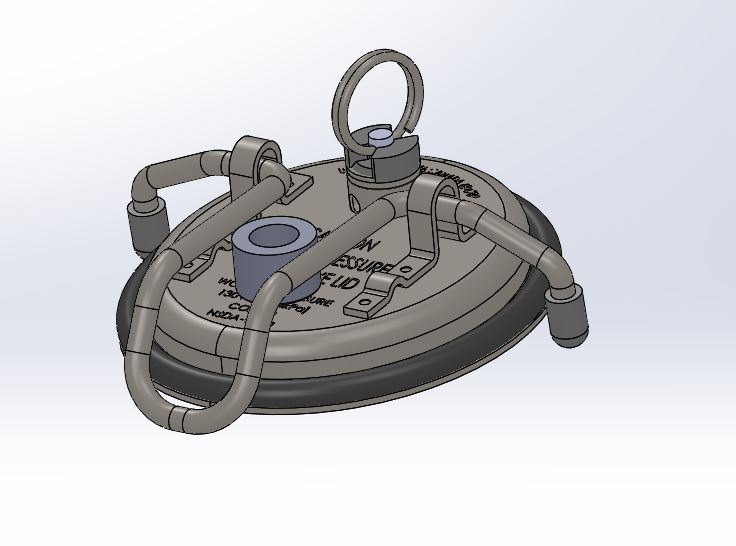How did you raise your bag? I'm BIAB and am following this thread. I read where someone had a pulley and just raised the bag about an inch at a time which reduced splashing. They didn't squeeze the bag either, which I would think you would need to account for a 10-20% drop in efficiency.
I did the same as Texas. I brew on my balcony and have a pulley on the roof. Raised the bag gently so that the wort was draining through the bottom of the bag rather than the sides. I was able to raise the bag nearly all of the way out and then started burner. I didn't squeeze (normally do) so took an efficiency hit of I think 2 points. However, since I avoided stirring mash and wort there may have been stratification of wort when I took refractometer sample. I hit target gravity into fermenter but I think that is because I had slightly more boil off even with the simmer boil.












![Craft A Brew - Safale S-04 Dry Yeast - Fermentis - English Ale Dry Yeast - For English and American Ales and Hard Apple Ciders - Ingredients for Home Brewing - Beer Making Supplies - [1 Pack]](https://m.media-amazon.com/images/I/41fVGNh6JfL._SL500_.jpg)














































